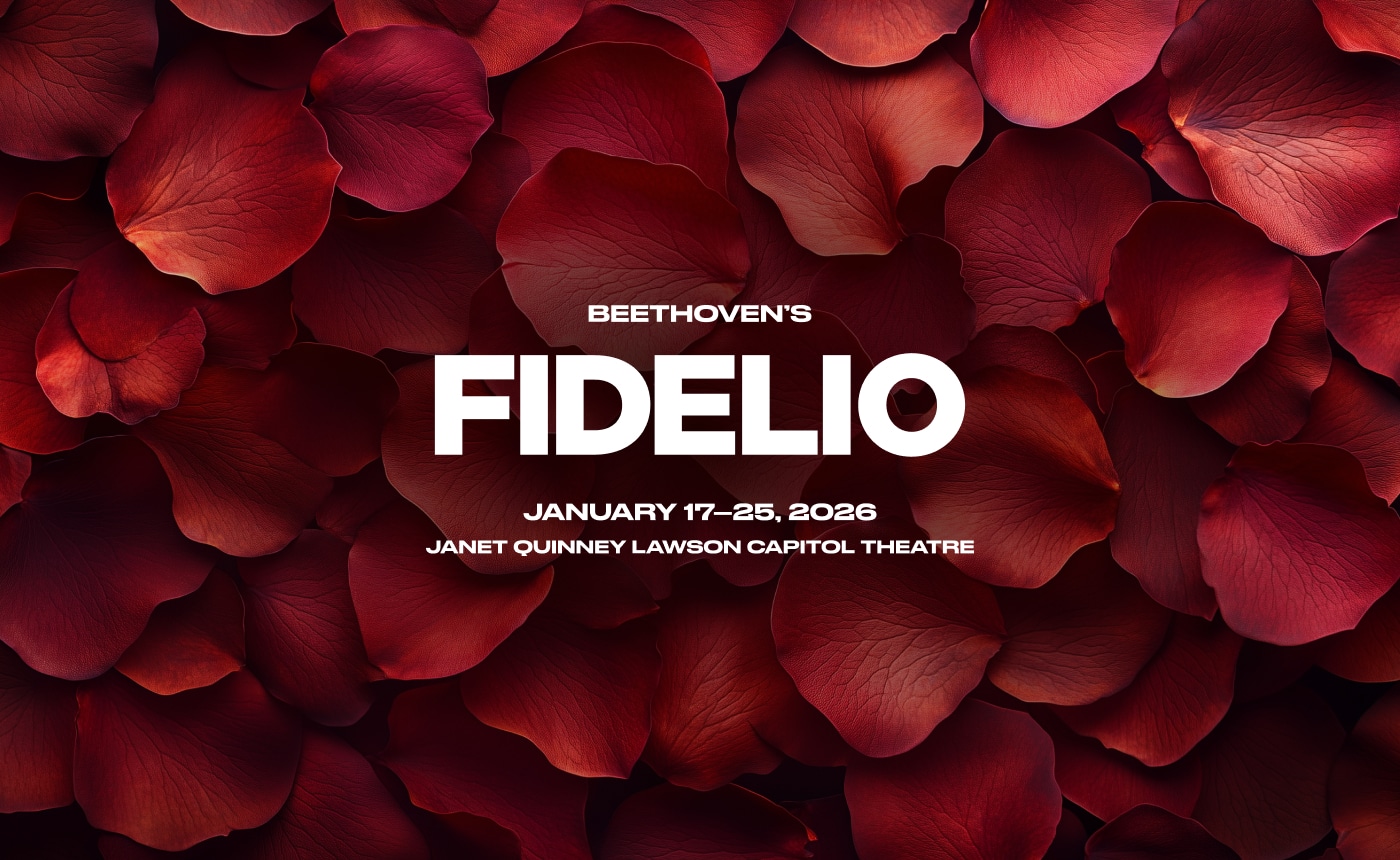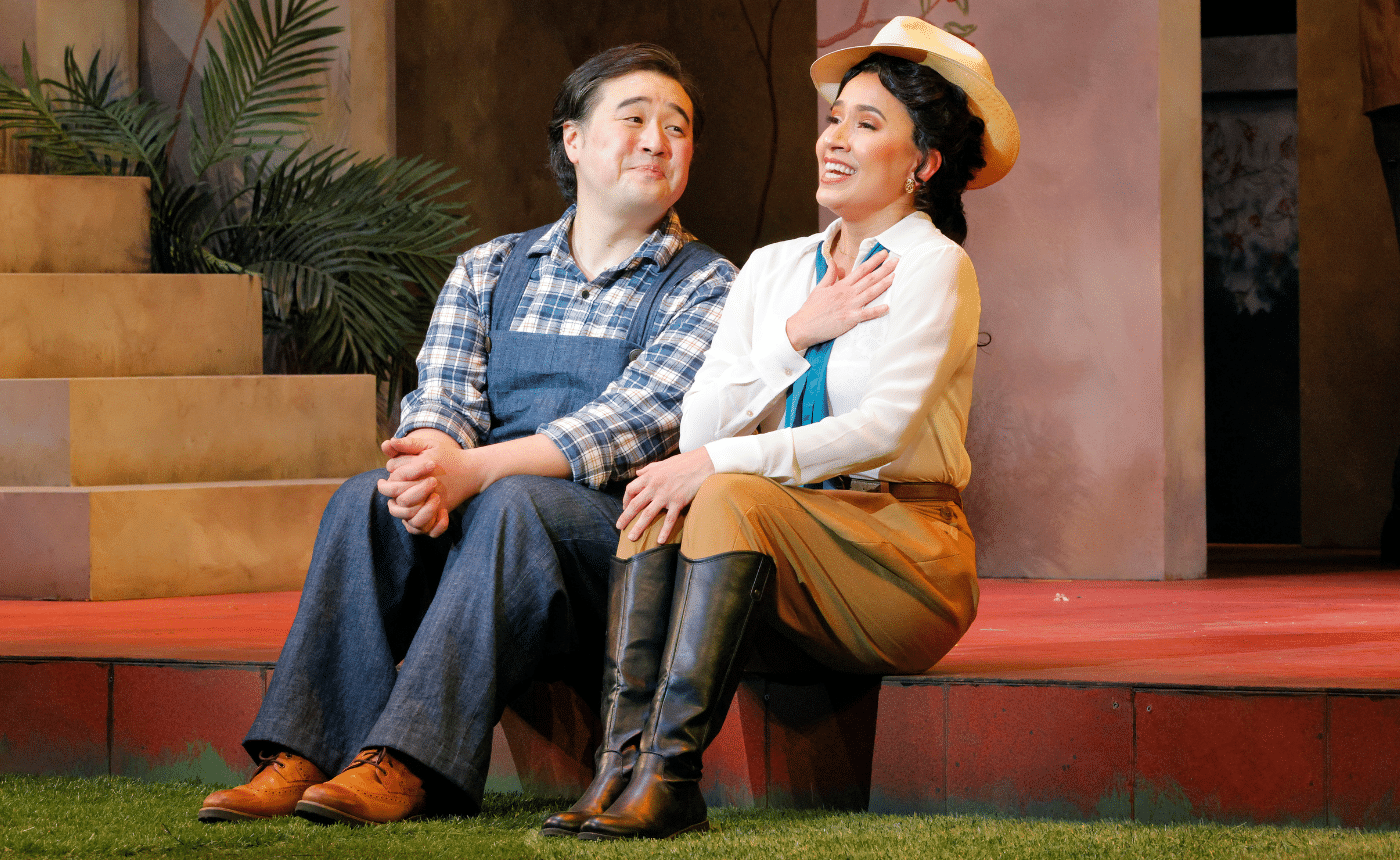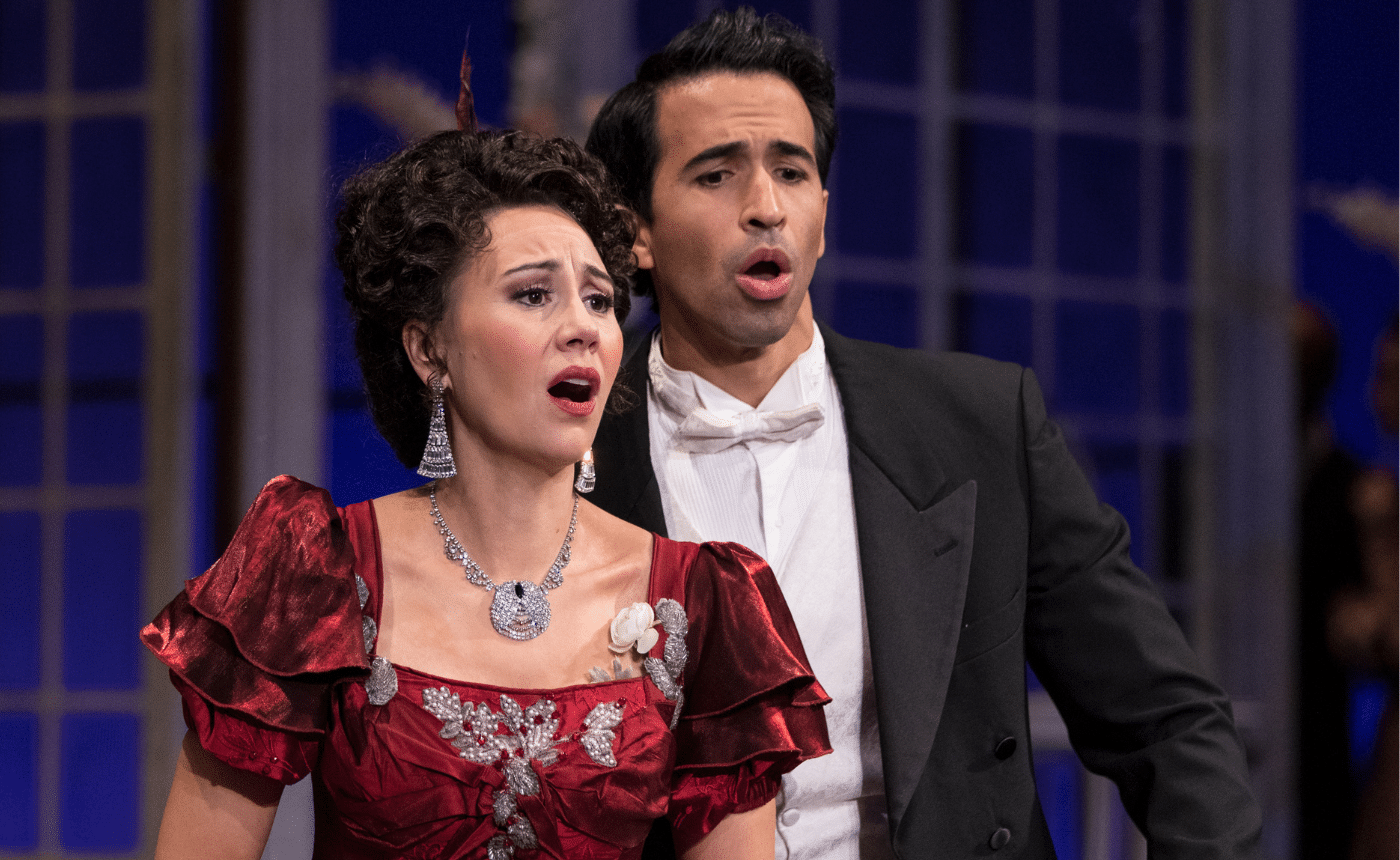Horror Operas
OMINOUS AND OTHERWORLDLY OPERAS
by Dr. Carol Anderson
Paul Moravec and Mark Campbell’s The Shining may seem like an unusual subject for an opera, but it is by no means the first time an opera had a dark side. The small sampling that follows is just a few of the gloomy, eerie, creepy, or outright terrifying operas that have graced the stage over the past centuries.
Carl Maria von Weber’s 1821 opera Der Freischütz(The Free-Shooter) launched German Romanticism onto the stage with its mix of folk legend, nature, and the supernatural. Young marksman Max, desperate to win a shooting contest and marry his beloved Agathe, is lured into casting “magic bullets” in the eerie Wolf’s Glen. The pact with dark forces nearly dooms him, but divine intervention spares the lovers. In the Wolf’s Glen scene, note the use of spoken dialogue mixed with sung text — called a melodrama; this technique is a hallmark of early nineteenth-century German opera.
Der Vampyr (1828) by Heinrich Marschner is firmly rooted in the German Romantic obsession with the supernatural. The opera tells of Lord Ruthven, the Vampyr, who must sacrifice three virgins within 24 hours to prolong his undead existence. Disguised as a respectable nobleman, he insinuates himself into noble households, seeking his trio of victims. He ultimately meets his downfall when his secret is exposed during a wedding celebration, preventing him from completing his dark mission.
Had it not been for Marschner’s vampire and von Weber’s demons, we may not have had Der fliegende Holländer (The Flying Dutchman). Richard Wagner’s 1831 opera brings his craftsmanship to the Romantic tale of a ship’s captain doomed to sail the seas for all eternity. The Dutchman sets foot on land once every seven years to seek a faithful woman to break the curse.
The German Romantics weren’t the only ones inspired by Gothic tales. The legend of Faust, a man who sold his soul to the devil in exchange for youth, wealth, and knowledge, was set by both French and Italian opera composers. Here are two versions of devil arias, the first from Charles Gounod’s Faust (1859) and the second from Arrigo Boito’s Mefistofele (1868).
As the study of psychology grew, so did the genre of psychological thrillers. Stories that explore the darkest part of the human psyche are acting challenges to begin with, but to add singing to the mix raises the stakes and consequently, the horror.
Nico Muhly and Nicholas Wright’s 2017 opera Marnie delves into themes of identity and the masks worn to protect from past trauma. Though the opera doesn’t end in anyone’s tragic death, the psychological drama is compelling and unsettling.
With a long history of commissions and premieres, the Santa Fe Opera joined the horror genre with John Corigliano and Mark Adamo’s 2021 opera The Lord of Cries. Taking elements from Bram Stoker’s Dracula and The Bacchae of Euripides, the story demands that by watching the monstrous behavior of Dracula and his followers, we confront the monsters in all of us. Here Dracula and his maidens call upon the elements to join their decadent revels.
With a runtime of less than an hour Béla Bartók’s 1918 one-act opera Bluebeard’s Castle builds the terror and dread quickly. Judith arrives at Duke Bluebeard’s mysterious castle as the Duke’s new bride. The castle features seven locked doors-she pleads with her husband to open all the doors, but he warns her that some portals are best left sealed. Her quest for knowledge leads to her doom.
Possibly the most unsettling opera ever composed, Benjamin Britten’s 1954 setting The Turn of the Screw is a chilling Gothic ghost story. A young governess, sent to care for two children at a lonely country estate, finds herself battling the sinister influences of two ghosts — or is it all in her mind? Peter Quint, one of the supposed ghosts, appears to the boy Miles for the first time in this excerpt.
Surprisingly, The Shining is not the first opera based on a Stephen King novel. San Francisco opera brought the psychological darkness of Dolores Claiborne to their stage in 2013, composed by Tobias Picker to a libretto by J. D. McClatchy. Dolores, accused of murdering her cruel employer, relives a lifetime of abuse, sacrifice, and rage — especially her revenge against her violent husband.
Countless more examples of operatic horror abound — tales of ghosts and Gothic haunts, monsters and murderers, isolation and madness. Let this short list be your inspiration to delve more deeply into the dark underbelly of opera.





